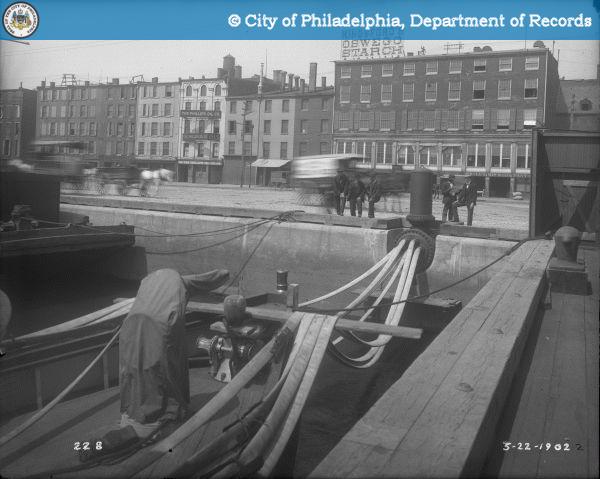Know Your Neighborhood: Corn Exchange Building, 3rd & Arch Sts
In 1870 the Union National Bank built a building on the northeast corner of Third and Arch Streets.
The Union National Bank Building was demolished by the turn of the twentieth century. A grander replacement was constructed in 1902.
The neoclassical building went up as the Union Bank of Philadelphia and was designed by local architect John T. Brugger, who was well known at the time for designing bank buildings.
In 1907, the Union Bank became Corn Exchange National Bank. It lasted until 1970, and the facade still bears the name. Seven years later, the Philadelphia Historical Commission listed the building on the Register of Historic Places.
In 1974, the bank became the home for the Greater Philadelphia chapter of Seamen’s Church Institute, a non-profit agency dedicated to the faith and well-being of shipmen passing through the area.
Yaron Properties bought the building in 2003 for $2.2 million and transformed it into the setting for the 15th season of MTV's reality show, The Real World. Filming only lasted from April through August 2004.
Interior in 2004
After that, the space was primarily used for weddings and other events under the name TRUST. The building is now headquarters of Linode, which provides cloud hosting services to companies around the world.

































